Camembert: A Culinary Journey Through French Tradition
Table of Contents
Introduction to Camembert Cheese
Camembert is much more than just cheese; it’s a symbol of French culinary excellence. Originating in the Norman countryside of France, this creamy delight has a rich history that dates back to the late 18th century. It all began in the tiny village of Camembert, where a local farmer named Marie Harel, under the guidance of a priest from Brie, crafted the earliest version of this cheese. Since then, Camembert has grown into a globally recognized delicacy, beloved for its velvety texture and distinct earthy aroma.
But what makes Camembert so unique in the world of cheese? Often referred to as the “Prince of Cheese,” this artisanal creation carries cultural significance. It represents the craftsmanship of traditional cheesemaking—a practice passed down through generations. For gourmet enthusiasts, it’s more than food; it’s an experience, a conversation starter, and for many, a little indulgence they can’t resist.
If you’ve been curious about Camembert or if you’re already a fan seeking to deepen your appreciation, this post explores everything you need to know—from its crafting process to how to pair and enjoy it best.
The Making of Camembert cheese
Ingredients and Their Roles
Camembert starts where all great cheeses do—with fresh milk. Traditionally, unpasteurized milk is used, although many modern versions opt for pasteurized options. Add rennet (an enzyme) for curdling, and cultures to kick-start the fermentation process. These ingredients, while simple, hold the power to transform milk into one of the most sophisticated cheeses the world has to offer.
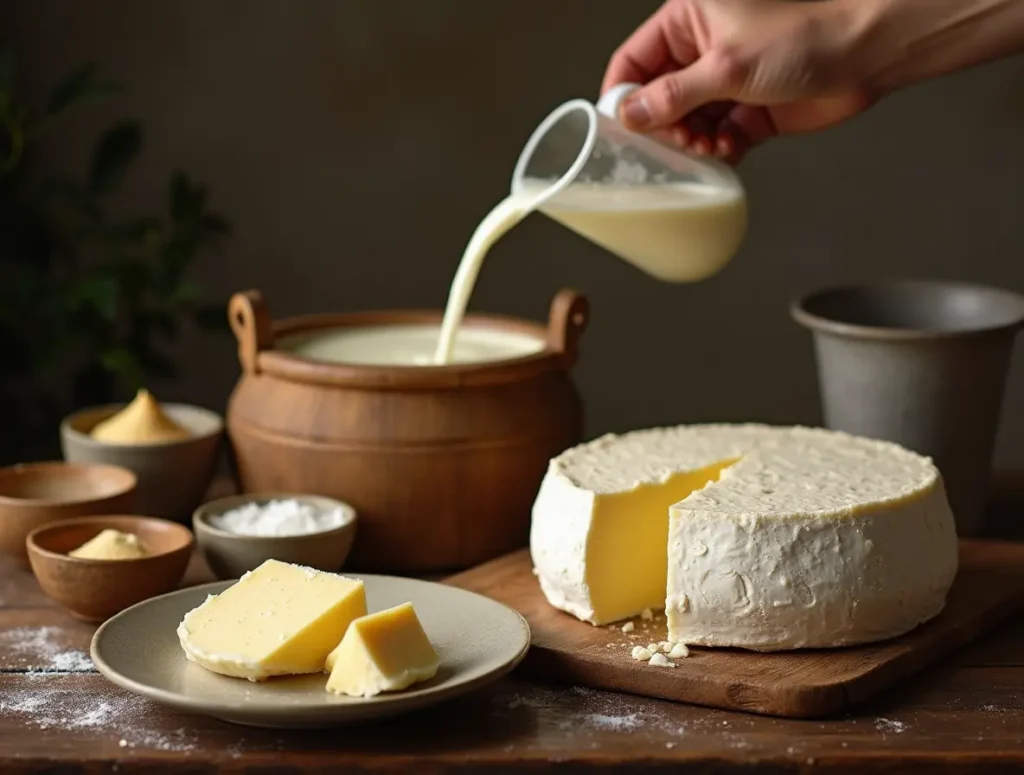
Step-by-Step Process
- Milk to Curd: Fresh milk is warmed and combined with rennet and cultures to form curds.
- Cutting the Curd: The curd is gently cut into pieces to release whey (liquid).
- Molding: These curds are then ladled into round molds, giving Camembert its characteristic shape.
- Salting: The cheese is sprinkled with salt, which enhances flavor and contributes to preservation.
- Aging: Finally, the magic happens. Camembert is aged for about 3–4 weeks. During this period, a white bloomy rind forms, and its flavor deepens, becoming rich and creamy inside.
“The process of making authentic Camembert is as much an art as it is a science, requiring precision and passion for the craft,” says Sophie Laurent, a renowned cheese producer from Normandy.
Unique Characteristics of Camembert cheese
The moment you unwrap a wheel of Camembert, its enticingly earthy aroma fills the air. Its flavor profile dances between buttery, nutty, and slightly tangy—a complexity that deepens with age.
Texturally, Camembert boasts a soft, gooey interior encased in a delicate white rind. The visual contrast between the creamy center and velvety exterior is part of what makes serving and eating Camembert so satisfying.
Pairing Camembert with Other Foods
Part of Camembert’s charm is its versatility. Its rich and creamy nature pairs beautifully with a range of flavors and beverages.

experience from good to extraordinary,” advises Alex, an experienced sommelier.
Perfect Accompaniments
- Fruits: Fresh figs, ripe apples, and grapes are sweet companions to Camembert’s buttery tone.
- Crackers and Bread: A crusty baguette or plain water crackers provide the ideal base, letting the cheese shine.
- Nuts & Honey: A drizzle of honey paired with crunchy walnuts or almonds adds a delightful layer of sweetness and texture.
Health Benefits of Camembert
Though indulgent, Camembert also packs some surprising nutritional perks.
- High in Protein: Camembert is a good source of protein, essential for muscle repair and growth.
- Rich in Calcium: This cheese supports bone strength and density.
- Probiotics: Thanks to the fermentation process, Camembert contains probiotics that can aid digestion and boost gut health.
Here’s a typical nutrition table for Camembert Cheese (per 100 grams):
| Nutrient | Amount |
|---|---|
| Calories | 300 kcal |
| Protein | 19 g |
| Total Fat | 24 g |
| – Saturated Fat | 15 g |
| Cholesterol | 72 mg |
| Sodium | 820 mg |
| Total Carbohydrates | 0.5 g |
| – Dietary Fiber | 0 g |
| – Sugars | 0.1 g |
| Calcium | 390 mg (30% DV) |
| Phosphorus | 250 mg |
| Potassium | 150 mg |
| Vitamin A | 240 IU (5% DV) |
| Vitamin B12 | 1.3 µg (22% DV) |
Note: Nutritional values can vary slightly depending on the brand or how the cheese is made. Always check specific labels if you need exact details.
“Camembert’s unique nutritional profile offers a range of health benefits, from bone health to immune support,” notes Dr. Emily, a nutritionist specializing in dairy.
Camembert cheese in Culinary Context


Popular Recipes
- Baked Camembert: Drizzle a wheel of Camembert with olive oil, sprinkle with rosemary, and bake until it’s gooey in the center. Serve with bread for dipping.
- Camembert Tart: Layer Camembert with caramelized onions and puff pastry for a savory tart that impresses at any gathering.
- Stuffed Chicken with Camembert: A decadent twist on classic stuffed chicken breast.
Creative Applications
- Melted over steaks or burgers for a luxurious touch.
- Blended into creamy sauces for pasta dishes.
- Added to breakfast omelets for extra indulgence.
Sourcing, Storing, and Serving Camembert cheese
When buying Camembert, look for wheels with an even, white bloomy rind and an aroma that promises earthy goodness. Specialty cheese shops or online artisanal cheese platforms are great sources for high-quality Camembert.
To store, wrap opened Camembert in wax paper and refrigerate it, letting it come to room temperature before serving for the best texture and flavor.
The Future of Camembert cheese
Camembert continues to evolve with the times. Modern variations experiment with spices, truffles, and herbs to create exciting new versions of this classic. Sustainability in cheesemaking is also gaining traction, with many producers adopting greener practices to ensure this beloved cheese has a future.
Camembert cheese vs brie
Camembert as well as Brie are two adored French cheeses that share similar textures and creamy flavors, but they are distinct from each other. Camembert is a product of Normandy and Brie is a product of France’s Ile-de-France region.
Camembert generally has a stronger and more earthy taste, with a slight more pungent scent, owing to its smaller, compact wheel and a longer maturing process. Brie is, on the other side, is typically lighter and more creamy and has a slight nuanced taste. Both cheeses feature an effervescent, soft rind, however Camembert’s tends to be thicker and distinct.
It doesn’t matter if you prefer the sharpness that comes from Camembert or the silky smoothness of Brie Each gives you a different experience that showcases the vast range of French cheesemaking.
Experience the Magic of Camembert
Whether you’re savoring it on its own, pairing it with wine, or incorporating it into a favorite recipe, Camembert’s timeless appeal continues to capture the hearts (and taste buds) of cheese lovers everywhere.
Want more culinary inspiration like this? Join our Cheese Lovers’ Newsletter so you can receive exclusive recipes, pairing tips, and more!
We’d love to hear your comments—what’s your favorite way to enjoy Camembert? Share below or join the conversation on social media!
Frequently Asked Questions
1. How should Camembert be stored?
Camembert should be stored in its original packaging or wrapped in wax paper and placed in the refrigerator. Make sure it’s kept in the cheese drawer or a container to maintain its soft texture and prevent it from absorbing strong odors.
2. Can Camembert be frozen?
While it is possible to freeze Camembert, it’s not recommended as freezing can alter its creamy texture and flavor. For the best experience, enjoy your Camembert fresh.
3. How do I know if my Camembert is ripe?
A ripe Camembert will have a soft, creamy interior that flows slightly when cut. The rind should have a pleasant, earthy aroma without being overly pungent.
4. Can I eat the rind of Camembert?
Yes! The rind of Camembert is edible and adds to its unique flavor profile. However, if you prefer not to eat it, that’s perfectly fine too.
Do you have more questions about enjoying Camembert? Reach out to us via our Contact Us page or connect with our community on social media!

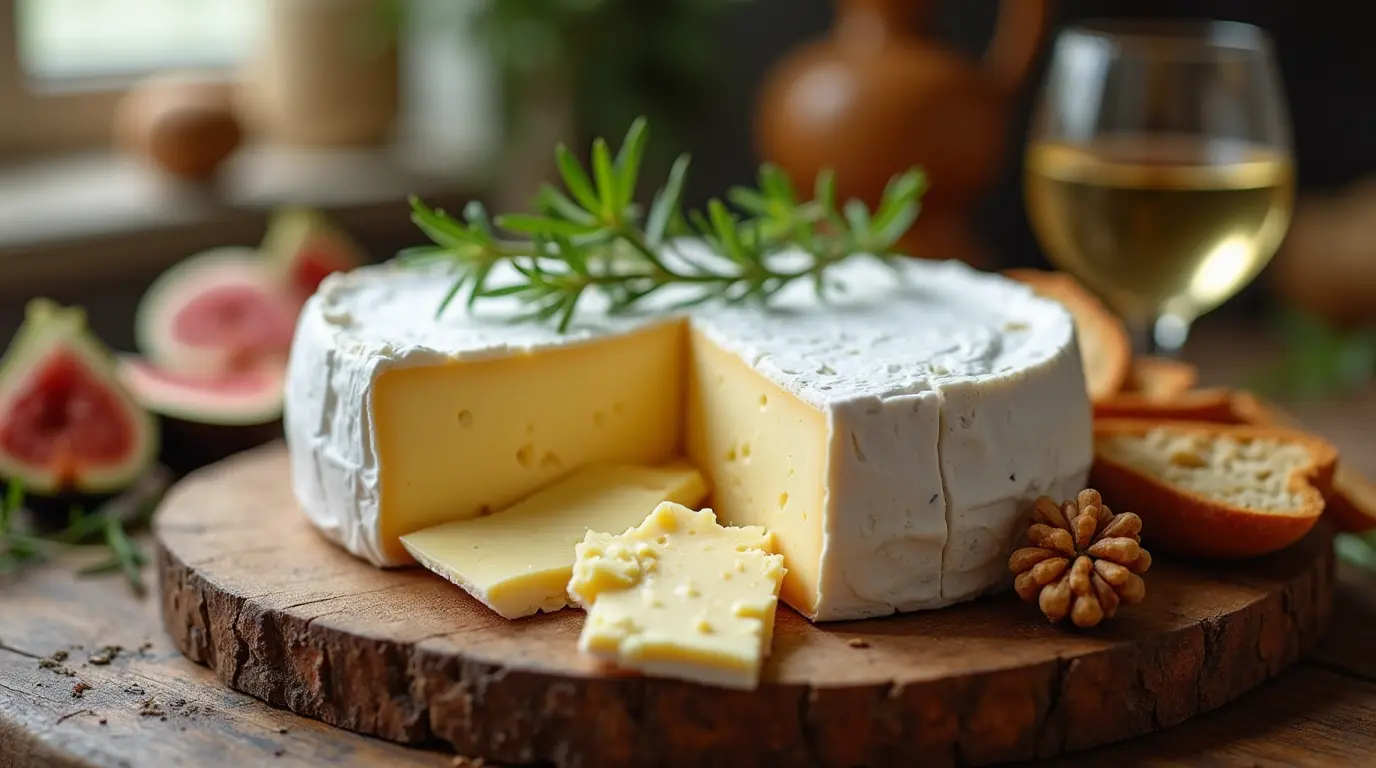

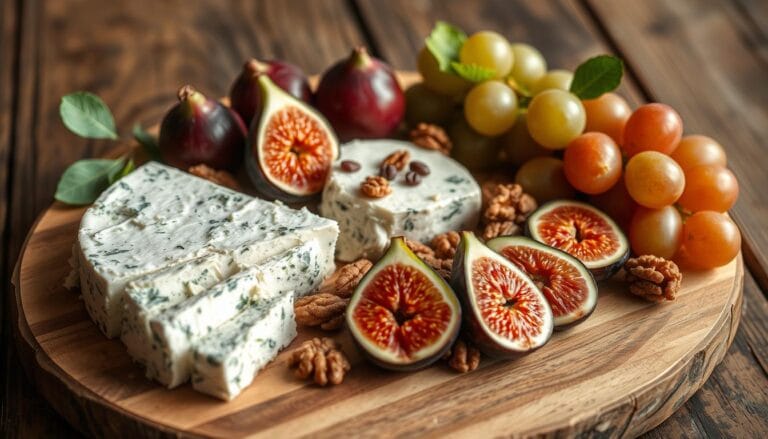
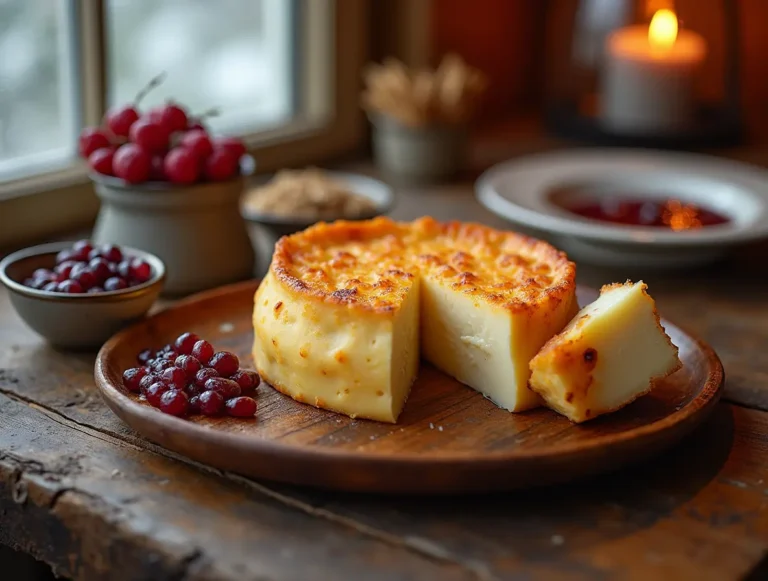
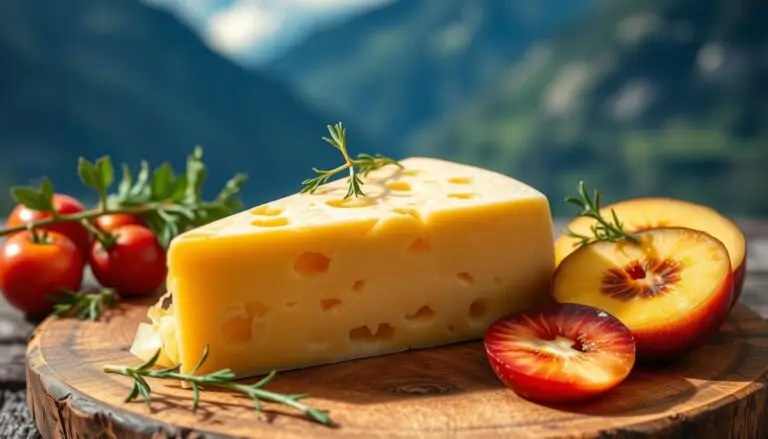

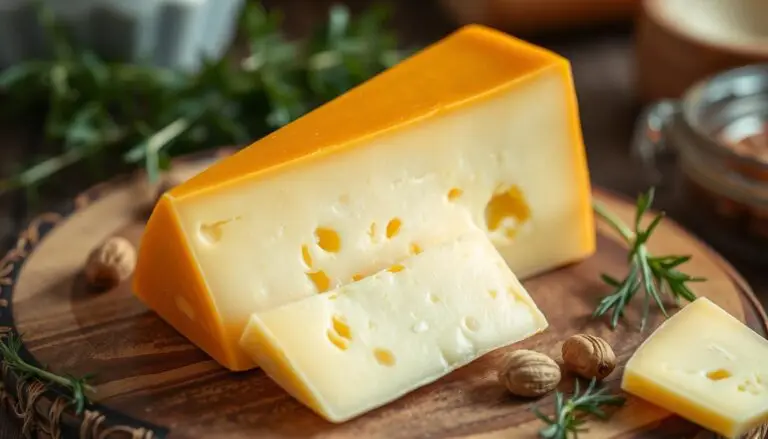
One Comment
Comments are closed.